iQOO 10 Pro first mass-produced 200W ultra-fast flash charging, breaking the ceiling of fast charging and announcing that mobile phone charging has officially entered the 10-minute era. In December last year, iQOO 11 achieved a rare 144-frame game grand slam at the same price with the help of a 144Hz high refresh screen and V2 chip. The effect gives full play to the screen’s quality and the chip’s strength. At the beginning of the second half of 2023, the iQOO digital series of mobile phones will make another effort, launching the iQOO 11S. This iterative super standard flagship combines the excellent features of iQOO 10 Pro and iQOO 11: complete charging and full game frames.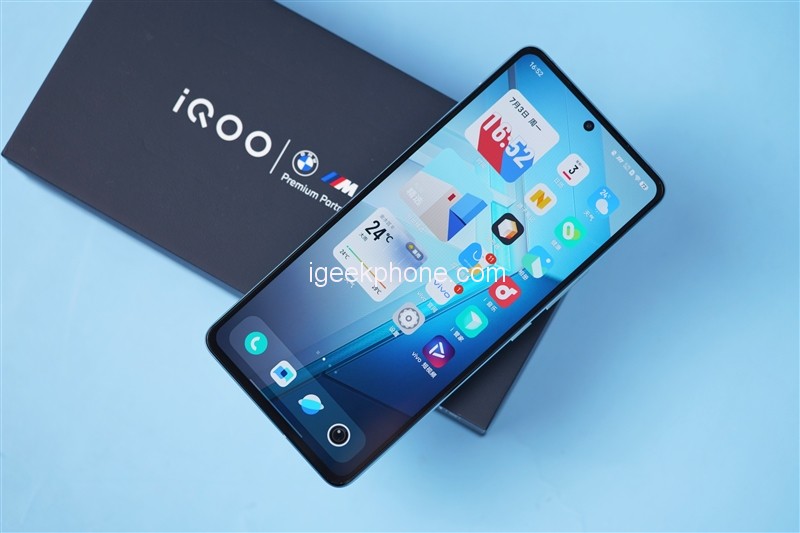
Snapdragon 8Gen2 performance iron triangle, Samsung E6 144Hz high-quality direct screen, 200W super fast charging, covering three industry benchmarks in performance, screen, and charging; the meaning behind “Super.”
Therefore, iQOO 11S is the only standard phone with 200W ultra-fast flash charging.
Before starting the evaluation, let’s first look at the main features of this super standard flagship, iQOO 11S.
Design
The front of iQOO 11S uses a 6.78-inch Samsung E6 straight screen with a maximum resolution of 2K+ (3200×1440), a native 10bit color depth, and supports a high refresh rate of up to 144Hz. The LTPO material also endows the screen with the ability to adapt to a refresh rate of 1-144Hz, which can further reduce power consumption and prolong the use time when using a mobile phone.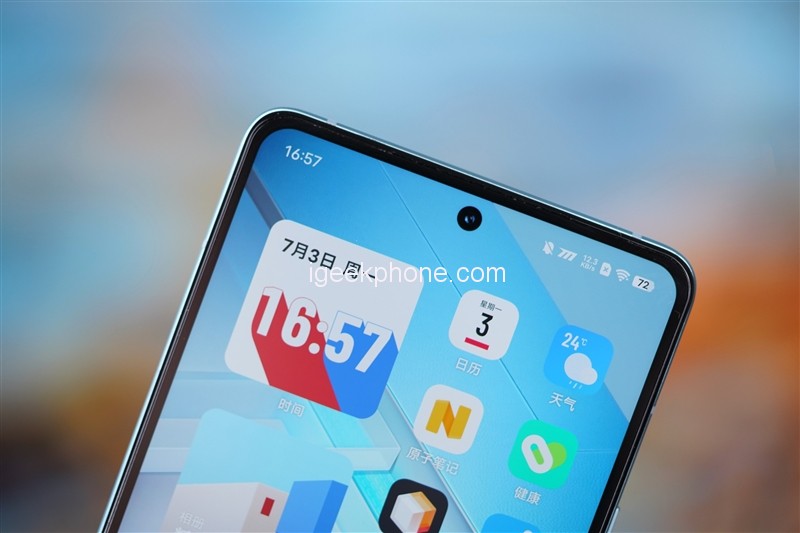
The top center of the phone is equipped with a 16-megapixel front camera. The iQOO 11S adopts the COP packaging process. The frame under the fuselage is relatively narrow but not the same width as the frames on both sides. It may feel a bit unsymmetrical visually.
The power and volume buttons of iQOO 11S are on the right side, the frame is made of metal, and six antenna strips are on the four sides.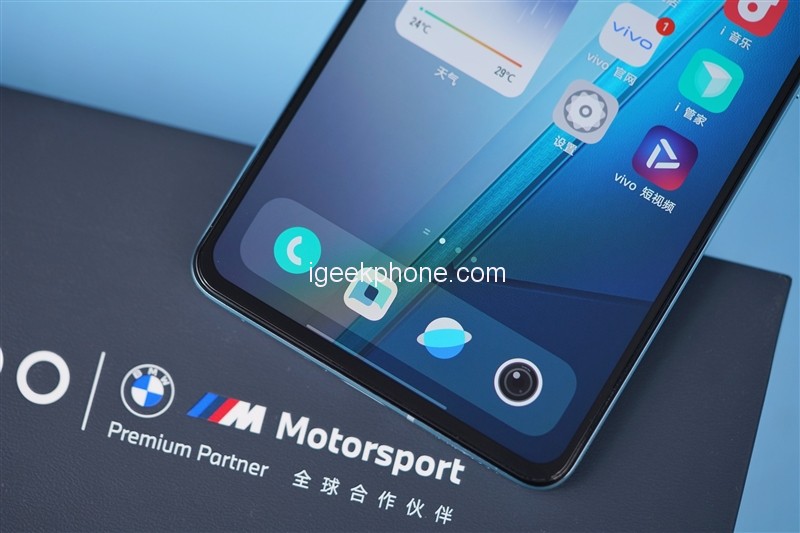
The color scheme we got from Kuaitech is called “Qiantang Tingchao.” The second-generation silicone leather is soft to the touch and comfortable to the touch. When placed on the table, this light blue color will have a more substantial visual contrast. The unique color scheme improves the recognition and demonstrates super-high quality.
The three lenses on the back of the phone are arranged in an “L” shape, and the classic cloud-level design is inherited, with a single-color temperature LED flash and a rear light sensor.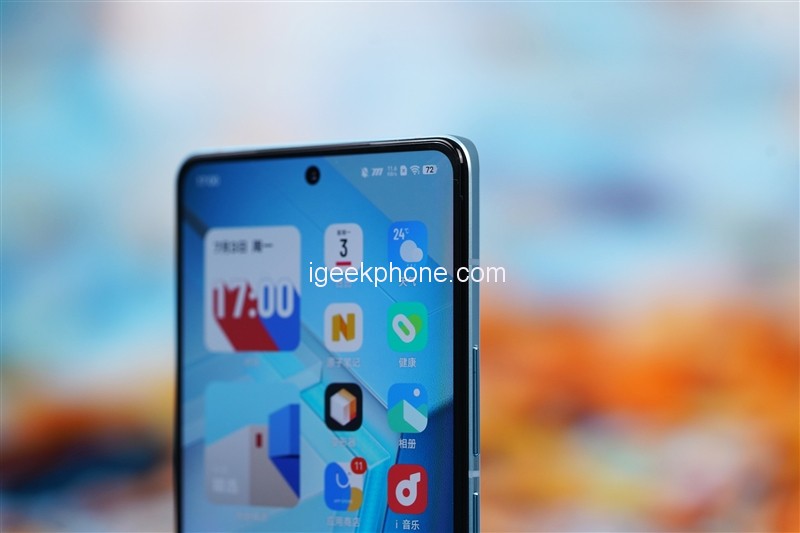
The rectangular module below is the Flicker sensor. The top of the phone is equipped with an infrared remote control module and a noise-canceling microphone.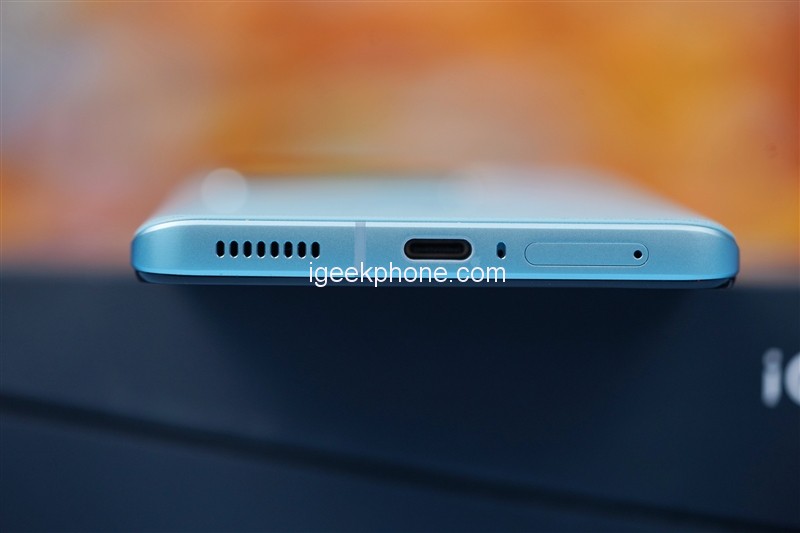
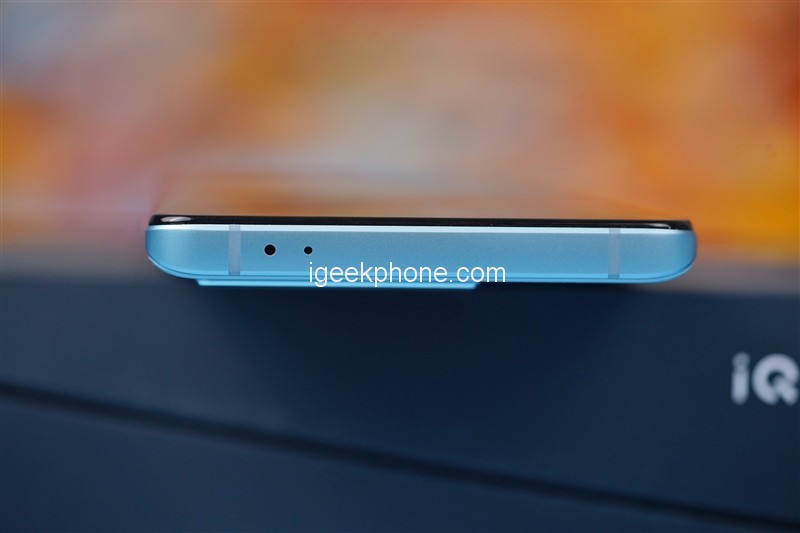
The bottom of the phone has a hole for the speaker, Type-C charging and earphone two-in-one interface, microphone, and SIM card slot.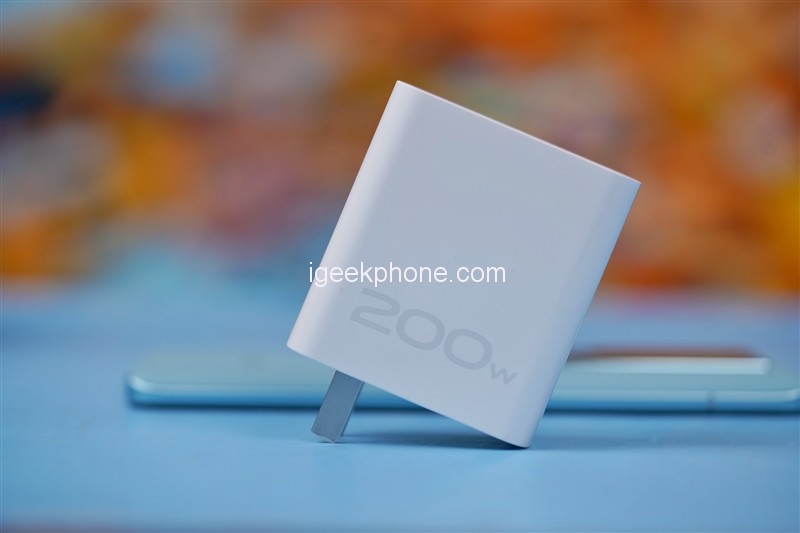
iQOO 11S supports Pro-level 200W wired fast charging and comes standard with a 200W GaN fast charging kit.
Hardware
The iQOO 11S is the same as the previous generation. It is equipped with the Snapdragon 8Gen2 mobile platform. The system is fitted with 4×16bit LPDDR5X 4200MHz memory and UFS 4.0 flash memory as standard, and the ROM has been upgraded to 1TB. It can enjoy top-level storage of 16GB+1TB. This version is what we have.
Next, we will do a theoretical performance test and game test on iQOO 11S to see how it performs.
Theoretical performance test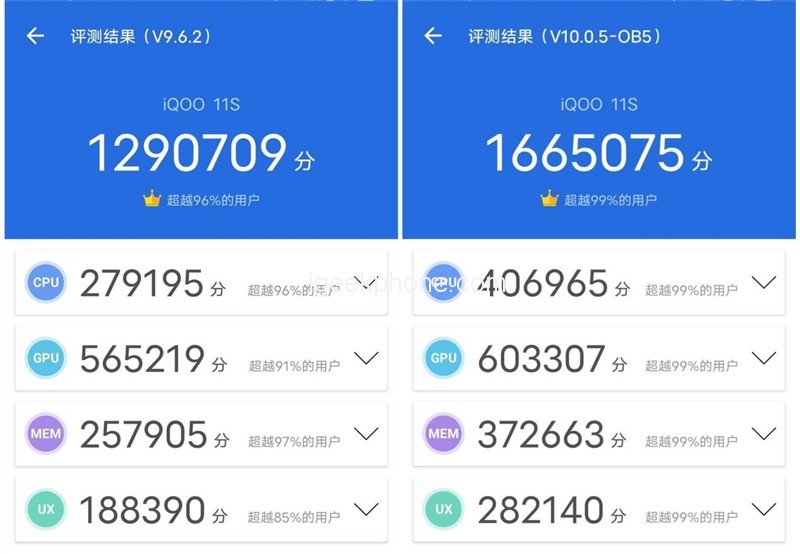
The regular AnTuTu still needs to be tested. We tested it with the V9 and V10 versions, respectively.
The comprehensive score of AnTuTu V10 reached 1.29 million+. Since the chip is the same as the previous generation, there is not much difference between iQOO 11S and iQOO 11.
In the AnTuTu V10 test, the total score exceeded 1.6 million, reaching 1.665 million+.
In the CPU single test, the Geekbench5 single-core score reached 1470 points, and the multi-core score got 4792 points.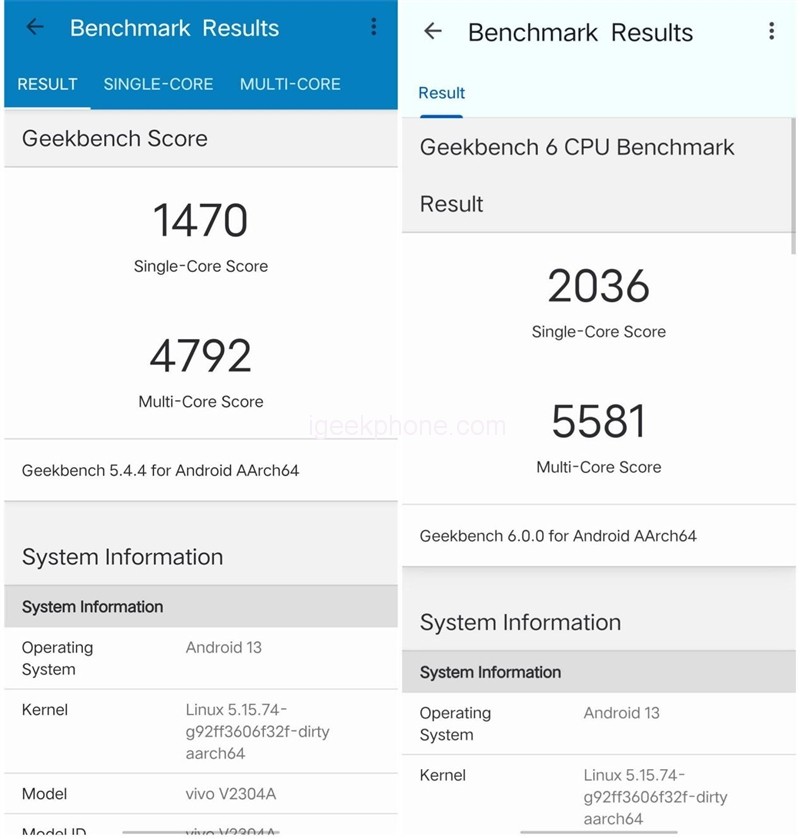
The GeekBench6 single-core score is 2036 points, and the multi-core score is 5581 points, which belongs to the standard level of Snapdragon 8Gen2.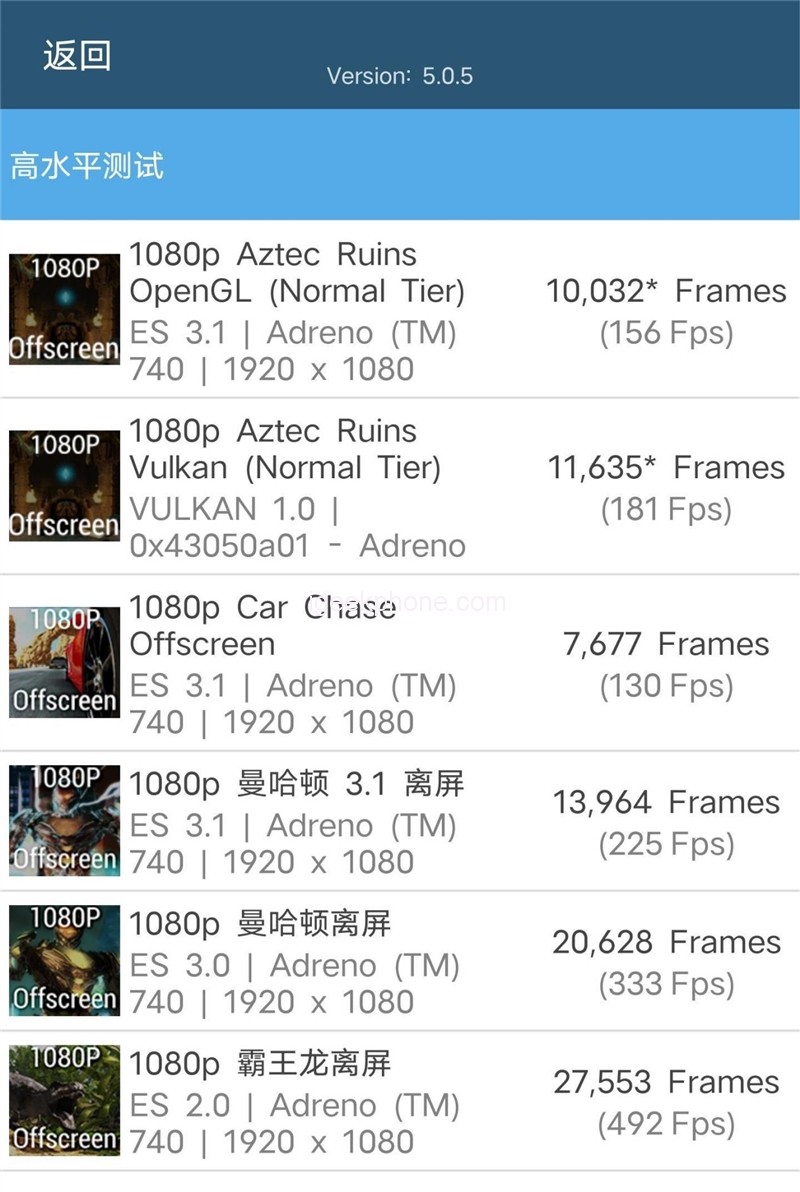
In the GPU single test, we selected six 1080P six conventional tests in GFXBench, among which the Aztec ruins OpenGL frame rate was 156FPS, the Aztec ruins Vulkan frame rate was 181FPS, the racing car chase frame rate was 130FPS, and the Manhattan 3.1 off-screen test frame rate reached 225FPS.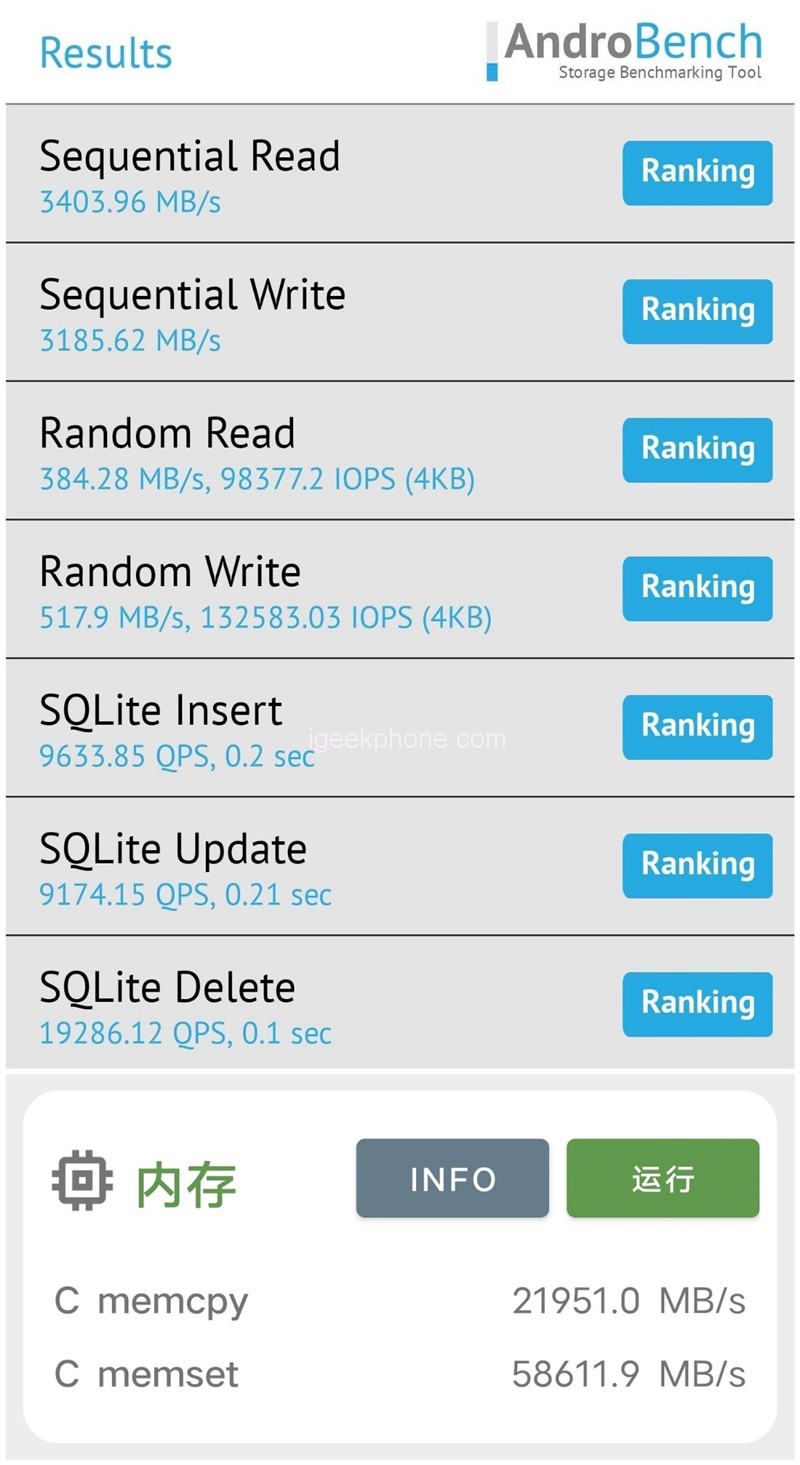
In the early stage of the test, the temperature of the mobile phone was not high, and the frame rate ran out was not much different. We mainly look at the last two Manhattan off-screen tests and Tyrannosaurus rex off-screen tests. iQOO 11S can run 333FPS and 492FPS respectively.
In the Androbench test, the sequential reading speed reached 3403.96MB/s, and the sequential writing speed reached 3185.62MB/s. Regarding random reading and writing, they went 384.28MB/s and 517.9MB/s, respectively. In terms of flash memory, it is not remarkably different from the previous generation iQOO 11.
In the memory test, the copy speed reached 21.95GB/s, and the write speed reached 58.61GB/s.
Just looking at these two data running points, it has reached the speed standard of LPDDR5X + UFS4.0.
Gaming Test
The Snapdragon 8Gen2 is equipped with an exclusive iQOO super-computing independent display chip, which allows the game screen to be rendered by the chip to insert frames to 144Hz. When the game supports the native 144Hz frame rate, the chip will help the GPU to render part of the pressure, thereby saving power consumption.
In the game testing session, we selected three mobile games that can reflect the actual performance of the mobile phone under low, medium, and high loads in an office environment with an indoor temperature of 28 degrees Celsius, namely Call of Duty, Peace Elite, and Yuanshen.
During the test, we adjusted the screen’s brightness to 50% and turned off the automatic brightness to ensure the accuracy of the test. We used the highest image quality + highest frame rate for testing in the game and recorded the frame rate, temperature, and power consumption performance.
Among them, the Call of Duty mobile game supports 144Hz native frame rate output, and the Yuanshen mobile game supports 144Hz frame insertion output.
1. Call of Duty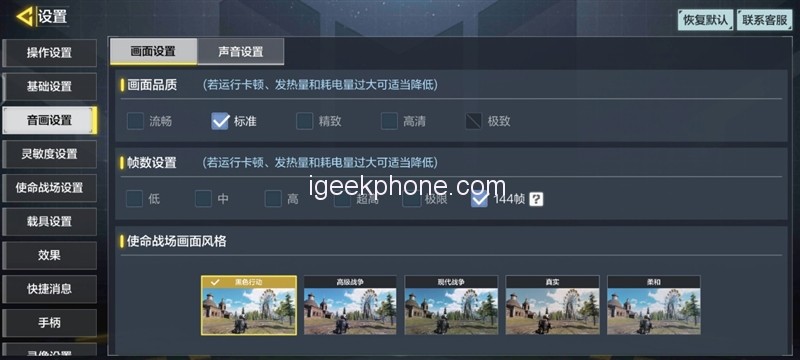
The first test was the Call of Duty mobile game. The game ran with standard image quality with the 144Hz frame rate turned on. The average frame rate of a team battle was stable at 143.1FPS, and the average fluctuation was only 0.3.
The average power consumption is maintained at about 5W, the frame energy consumption is 35mW, and its energy efficiency ratio reaches 28.6. Since the game screen is output at a maximum frame rate of 144Hz, the energy efficiency ratio may be lower, but the performance release is impeccable.
In terms of temperature, the front of the fuselage is 38.2 degrees Celsius, and the back of the fuselage is 40.5 degrees Celsius. The high frame rate cannot withstand the heat in this hot summer. During the game, you will feel that the temperature is slowly rising but does not reach the hot bottom.
2. Peace Elite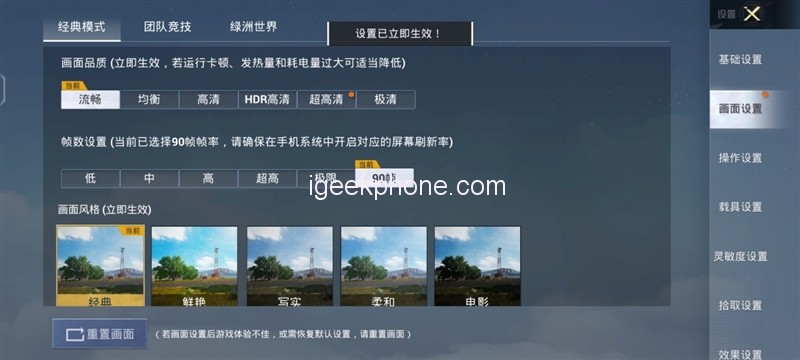
For the Peace Elite mobile game, a round of team battles was carried out in the smooth image quality + 90 frame mode. The average frame rate reached 89.7 FPS, which was still a straight line, and the average fluctuation was only 0.2. Facing a 90Hz game, full frame is straightforward.
The average power consumption is 4.08W, the frame energy consumption is 45.6mW, and the energy efficiency ratio reaches 21.9, the intermediate level for Snapdragon 8Gen2.
The highest temperature on the front of the fuselage is 42 degrees Celsius, and the highest temperature on the back is 42.5 degrees Celsius. At this time, holding the phone with both hands will feel apparent heat, especially where the left-hand controls the direction, but it has not reached an unacceptable level.
3. Original God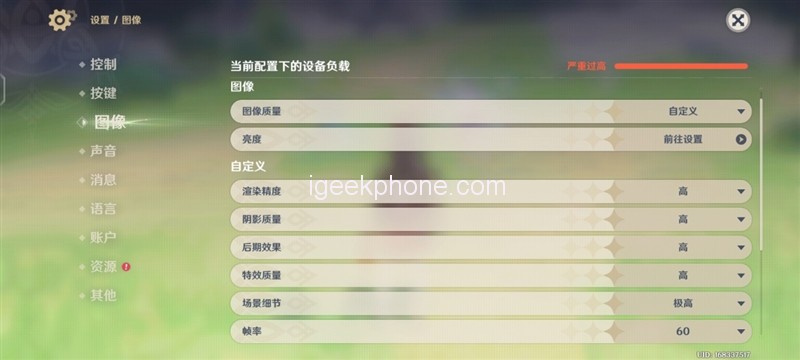
Then there is the heavy-loaded Yuanshen mobile game. Turn on the 60-frame mode, adjust the image quality and special effects to the highest, and fight monsters while running the map. At this time, we tested the game’s resolution, which reached 864×1920, 1.658 million pixels. During the game, there was no significant frame drop. The average frame rate was stable at 59.8 FPS, and the fluctuation was only 0.7. Only a tiny frame rate fluctuation is also standard.
In this hot summer, other mobile phones can even consume 5.5W of power while playing Yuanshen, while the average power consumption of iQOO 11S is only 5.2W, the frame energy consumption is 86.8mW, and the energy efficiency ratio reaches 11.9.
In terms of temperature, the front of the fuselage is up to 42.3 degrees Celsius, and the back is also up to 42.3 degrees Celsius. At this time, you will feel more obvious heat when holding the phone.
With the help of super-computing independent graphics chips, iQOO 11S can insert the highest frame rate of Yuanshen to 144Hz and increase the game’s resolution to make the picture look more apparent.
Through the comparison of screenshots, we can see that the definition of the hairline, clothing, and the outline of the character’s background on the right is higher. In the game tool, turn on the game frame insertion function. With the help of the super-computing independent display chip, iQOO 11S can bring three times the effect of frame insertion. The game frame rate is output at the native 47.5FPS, and the frame is inserted to 144Hz through computing power.
Since the performance dog can only detect the native frame rate but not the frame rate after frame insertion, we use the screen frame rate software to check, and the game screen can indeed be inserted to 144Hz.
After turning on the super-resolution and super frame function, the power consumption of Yuanshen also rose to 5.99W, which is close to 6W, and the frame power consumption reached 125.8mW. Still, the energy efficiency ratio did not decrease but increased, reaching 24, which was doubled compared to the 60-frame mode.
However, the temperature is on the high side, the highest temperature on the front is 44.8 degrees Celsius, and the highest on the back is 44.5 degrees Celsius. At this time, you will feel a more apparent hot feeling.
Cameras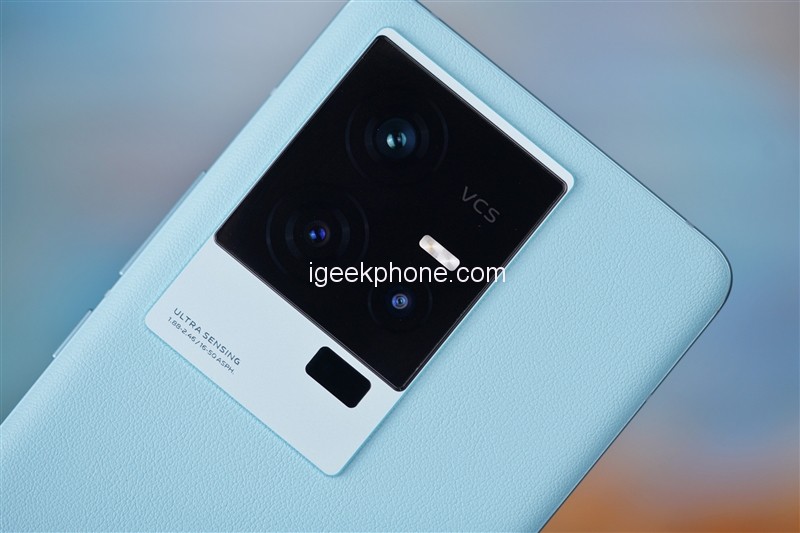
The rear of the iQOO 11S is equipped with three conventional lenses of main length and wide. Among them, the Sony IMX866V from the Samsung S5KGN5 of iQOO 11 has replaced the primary camera. The original 16:11 format is 54 million pixels, and the 1/1.49-inch photosensitive unit is 16:9.
The telephoto lens remains unchanged, Samsung S5K3L6 with 13 Megapixels, 1/3″ photosensitive unit, 50mm equivalent focal length, and 2x optical zoom. The ultra-wide-angle lens is still the 8-megapixel OV08D, with a 16mm equivalent focal length and a 116° field of view. Next, let us follow the lens to experience the actual photo performance of the iQOO 11S.
Main camera
The proofs taken by the primary camera in the daytime scene all use the default imaging. The blue sky after the rain is apparent. With the highly saturated color adjustment, iQOO 11S can show the original color of the sky, giving people a refreshing and clean feeling, and the picture retains good latitude and sharpness.
Moreover, without adding filters, the delicious food is mouth-watering and immersive.
In night scene mode, using long exposure to shoot highlighted objects can show the original appearance, the color of the light board is pure, and facing the direct light effectively avoids problems such as glare and ghosting, making the picture look clean and bright.
Telephoto camera
Under the telephoto lens, the 2x optical zoom can also retain good resolution after zooming in and cropping, avoiding messy objects around the subject, and can effectively highlight the issue.
Moreover, the color style of the iQOO 11S telephoto lens is highly consistent with the primary camera. The highly saturated picture makes people look relaxed and happy, the details are restored in place, the color is biased, and the latitude performance is also very satisfactory.
In night scenes, the telephoto lens controls the light very well without any optical defects such as glare and ghosting.
Super wide-angle camera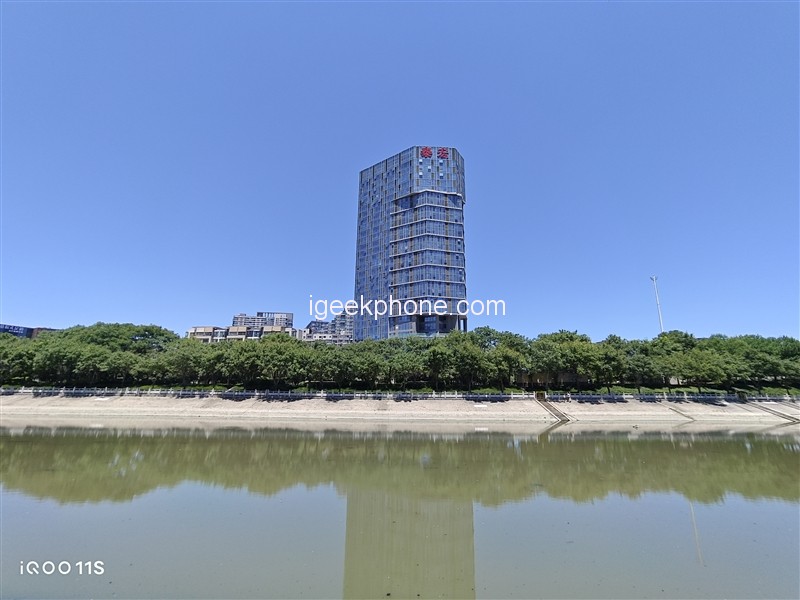
Although the 116° ultra-wide-angle lens has only 8 million pixels, there are no overexposed samples, whether day or night. The black sky does not have too much noise, and the clouds in the atmosphere can be seen under long exposure conditions. The overall imaging quality is quite good.
If you want to take high-quality night scene proofs, it is recommended to turn on the night scene mode to shoot.
Battery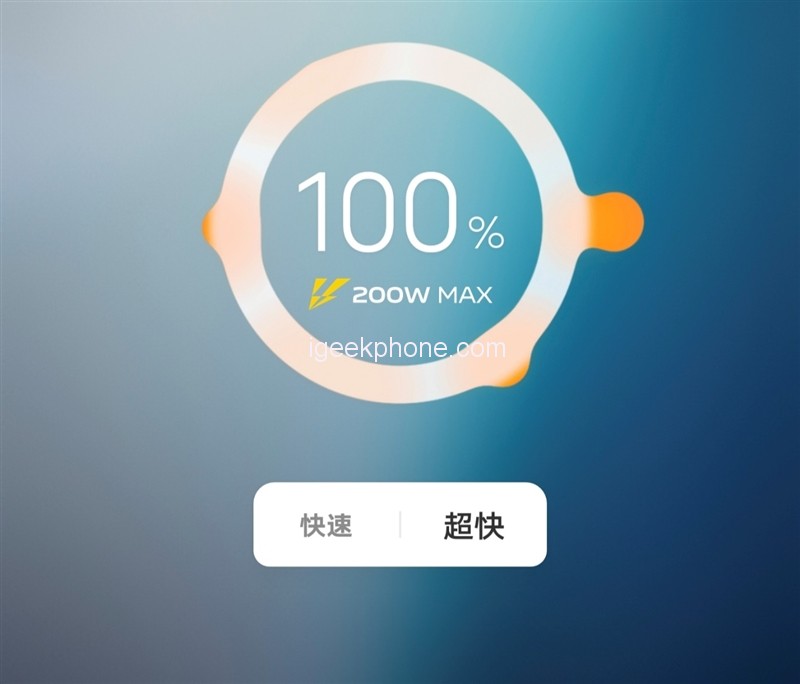
As a super standard version, iQOO 11S is equipped with the same 200W fast charging technology as iQOO 11 Pro and comes standard with a 200W gallium nitride mini charger, which is extremely rare in the same price range. It uses 12 smart temperature sensors and a low-temperature intelligent cooling system to monitor temperature changes in real-time during charging and change the charging power, never guaranteeing the safety of charging.
Secondly, iQOO 11S also supports the UFCS integrated charging protocol. Using a non-original high-power fast charging adapter to charge the mobile phone can quickly assess the iQOO 11S with a power of up to 33W, improving the user’s multi-device charging experience.
We also tested the charging and battery life of the iQOO 11S.
Charging test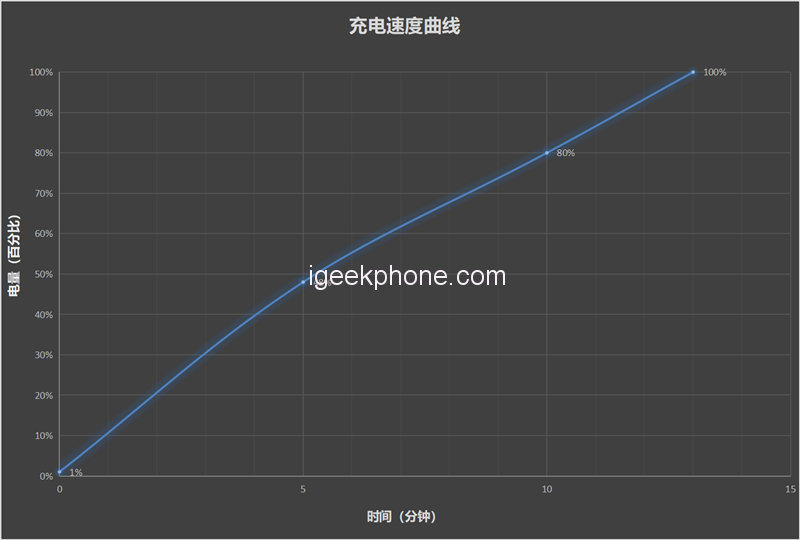
What must be said here is that if you want to enjoy 200W ultra-fast charging, you need to turn on the ultra-fast mode in the charging interface.
Or you can also turn on the default ultra-fast charging mode in the charging settings, so you don’t need to click it separately in the future.
We use the ultra-fast mode for testing. The iQOO 11S starts charging from 1% to 48% in 5 minutes, to 80% in 10 minutes, and takes 13 minutes to charge fully.
The charging speed of the iQOO 11S ranks among the best among many flagship phones. When traveling, with the help of the official fast charging kit, it can quickly recover blood in 10 minutes without power. Are you anxious about your ability? If it does not exist, it can be described in one sentence, and the battery will be complete after “searching” it!
Endurance test
For the battery life, we use a professional battery life test tool – the battery dog produced by Kuai Technology.
In terms of test items, we chose the extreme battery life test. We checked all the test items, including CPU high voltage, CPU multi-threading, AI recognition, picture browsing, video playback, and web browsing, simulating realistic usage scenarios, restoring the actual load to the greatest extent, and infinitely close to the real power consumption.
During the battery life test, we adjusted the screen brightness of iQOO 11S to 50%, turned off the automatic brightness, and used the adaptive refresh rate + 2K resolution for testing. After the battery dog test, the power consumption from 100% to 20% took 7 hours, 49 minutes, and 46 seconds.
After conversion, the entire battery life can reach nearly 9 hours and 50 minutes, and the battery life of almost 10 hours can fully meet the intermittent use of users throughout the day.
Read Also: iQOO 11S vs vivo X90S: A Head-to-Head Comparison
Verdict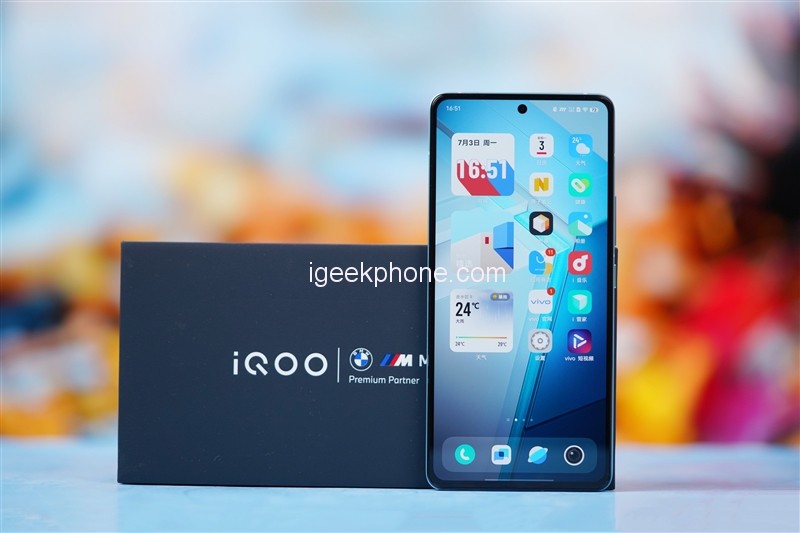
iQOO 11S can be regarded as an upgraded version of iQOO 11 and a flagship mobile phone with full performance, screen, and charging in the same gear, officially defined as the “super standard version.”
Especially in terms of charging capacity, the decentralization of Pro-level fast charging is enough to show that iQOO 11S is not only about “double fists” in terms of performance and experience but also to universalize the flagship configuration, which also gives iQOO 11S a new style of painting.
After our tests, we made the following conclusions about this super-standard version of iQOO 11S:
In our test, the 200W fast charge of iQOO 11S only takes 13 minutes for the power to be fully charged from 0%.
It can be fully charged instantly, and after experiencing it, your favorability for it will rise in a straight line.
In terms of performance and screen, although there is no V2 chip, with the new iQOO super-computing independent display chip, the display advantage of the screen perfectly matches the limited performance that the Soc can play. In our test, Yuanshen can quickly run to 144 frames while running pictures while fighting monsters, and of course, the power consumption will be higher.
However, when facing native 144Hz games, such as Call of Duty mobile games, they will be paralleled in high frame + low power consumption. The average frame rate reaches the native 144Hz, and the power consumption is only about 5W.
While maintaining the iQOO imaging style, the brand-new imaging system has excellent night scene performance. It can show a spotless image in the face of an extremely dark sky, which is a step up from the imaging quality of iQOO 11.
To sum up, iQOO 11S is an experience that other flagship phones have not integrated into under the premise of a balanced performance, image, and screen quality, such as a 200W smooth charging experience, 144Hz limit full-frame gaming experience, etc. Typically, iQOO digital series is positioned as a gaming flagship, so for game enthusiasts or want to buy a straight-screen mobile phone with excellent performance and screen, and worry-free charging, you might as well look at iQOO 11S!
Read Also: iQOO 11S vs vivo X90S: A Head-to-Head Comparison









